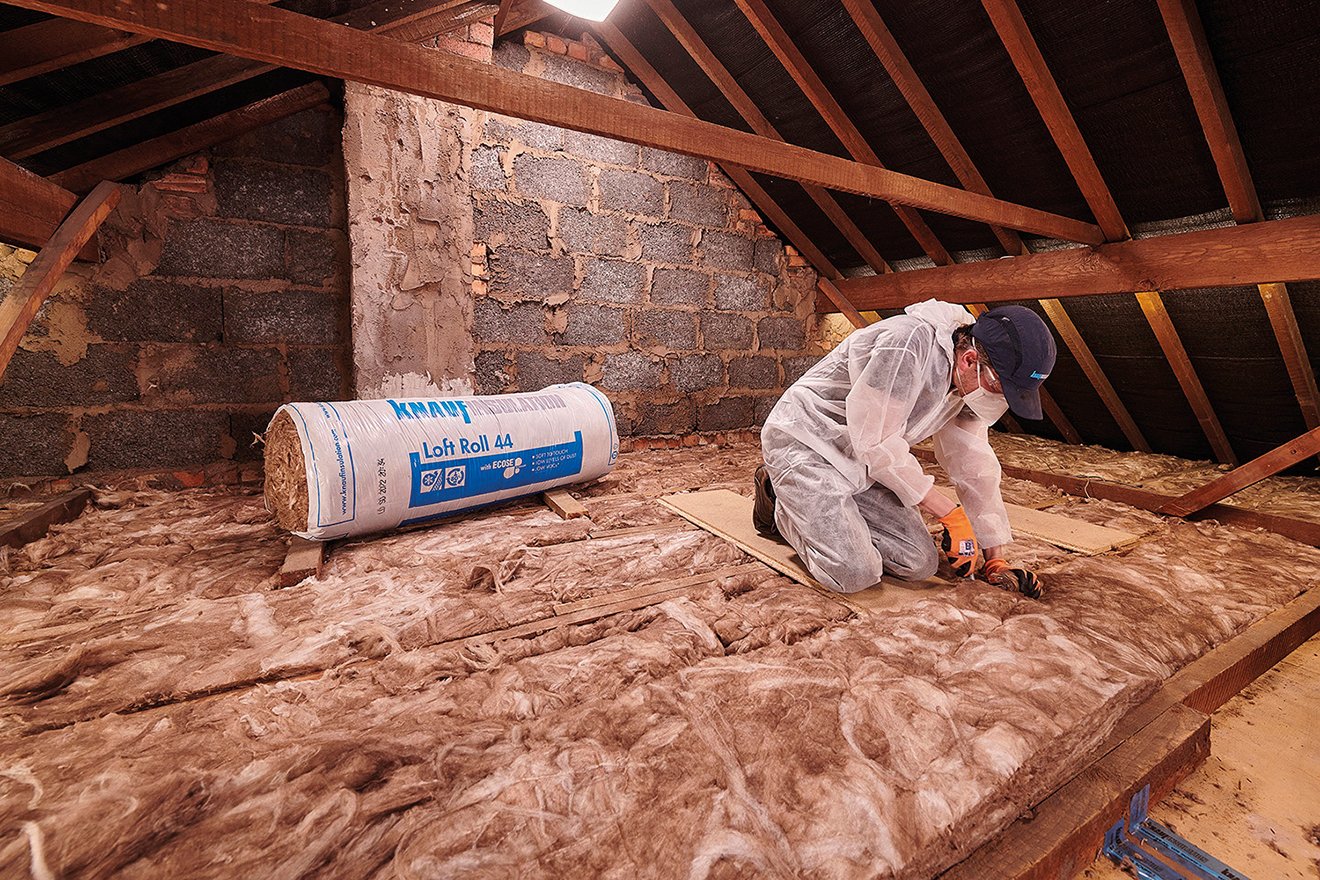To qualify for a loft insulation grant in 2024, make sure you meet the income criteria and compile necessary documents like proof of home ownership and pay stubs. Start by choosing the right grant, such as the Government Energy Company Obligation (ECO) Scheme or Local Authority Grants. Submit an accurate application form with all required documents, including an Energy Performance Certificate (EPC). You’ll also need to respond promptly to any confirmation emails. Homes with poor insulation often get prioritized. Stick around to discover deeper insights on how to navigate the application process smoothly.
Understanding Loft Insulation Grants
If you’re looking to save on energy bills, understanding loft insulation grants is a great place to start. These grants are designed to help homeowners reduce their energy consumption by covering the costs of installing loft insulation. By doing so, you can greatly reduce on your heating expenses and make your home more energy-efficient. For more information on how to apply, visit website dedicated to loft insulation grants and start your journey to a more energy-efficient home today.
The benefits overview of loft insulation grants is quite impressive. First and foremost, loft insulation helps to maintain a consistent temperature in your home, which means your heating system won’t have to work as hard. This leads to substantial energy savings over time.
Insulated lofts can reduce heat loss by up to 25%, meaning less money spent on heating and a smaller carbon footprint.
In addition, loft insulation can improve the overall comfort of your home. Rooms are less likely to suffer from temperature fluctuations, making your living environment more pleasant year-round.
Furthermore, a well-insulated home can increase property value, as energy efficiency is a key selling point for potential buyers.

Eligibility Criteria
Determining whether you qualify for a loft insulation grant hinges on meeting specific eligibility criteria set by the grant providers. First, let’s talk about income requirements. Many grants focus on aiding low-income households, so your annual income will be an important factor. Typically, you’ll need to provide proof of earnings, such as pay stubs or tax returns, to confirm you meet the grant’s threshold. If your income exceeds this limit, you may not be eligible.
Next, the type of property you own also plays a significant role. Most grants are designed for residential properties, including houses, flats, and bungalows. However, some grants may exclude certain property types, like rented homes or commercial buildings. The age and condition of your property may also be considered; older homes with poor insulation are often prioritized. You’ll likely need to provide documentation proving your property type, such as a mortgage statement or a utility bill.
Meeting these criteria is essential for qualifying for a loft insulation grant. By ensuring your income and property type align with the grant’s requirements, you’ll be well on your way to making your home more energy-efficient without breaking the bank.
Types of Grants Available
Now that you know the eligibility criteria, let’s explore the various types of loft insulation grants available to homeowners.
There are several grants you can apply for, each offering distinct grant benefits and insulation options to suit your needs.
- Government Energy Company Obligation (ECO) Scheme: This grant helps reduce energy bills by providing free or subsidized loft insulation. The primary benefit is lowering heating costs, making your home more energy-efficient.
- Local Authority Grants: Many local councils offer loft insulation grants as part of their energy-saving initiatives. These grants often come with specific insulation options tailored to the local climate and housing conditions. Benefits include improved home comfort and a smaller carbon footprint.
- Renewable Heat Incentive (RHI): While primarily focused on renewable heating systems, this scheme sometimes includes loft insulation as part of a larger energy efficiency upgrade. The grant benefits extend to long-term savings on heating and increased property value.
Application Process
Applying for a loft insulation grant involves a straightforward process that can greatly enhance your home’s energy efficiency. First, you need to check if you qualify for the grant. Eligibility criteria often include factors such as income level, age, and the current state of your home’s insulation. Many websites offer quick eligibility checks, so start there.
Once you’ve confirmed your eligibility, you’ll need to fill out the grant application form. Most of these forms are available online through government or local council websites. Be prepared to provide basic information about yourself and your property. Accuracy is key here; any errors could delay your application.
After submitting your grant application, you’ll typically receive a confirmation email. This email may include additional steps or requests for more information. Don’t ignore these communications, as timely responses can expedite the process.
If you encounter any issues or have questions, homeowner assistance services are usually available through the grant provider. They can offer guidance and help resolve any problems.
Required Documentation
To complete your loft insulation grant application, you’ll need to gather several key documents. This documentation is essential for demonstrating your eligibility and ensuring a smooth application process. By having a well-prepared documentation checklist, you’ll be on your way to securing the grant and achieving significant energy savings in your home.
Here’s a list of the essential documents you’ll need:
- Proof of Identification: You’ll need a valid photo ID, such as a passport or driver’s license. This confirms your identity and is a standard requirement for most grant applications.
- Proof of Home Ownership: Documents like your mortgage statement or property deed are required. These prove that you own the property where the loft insulation will be installed, making you eligible for the grant.
- Energy Performance Certificate (EPC): This certificate assesses your home’s energy efficiency. If you don’t have an EPC, you may need to arrange an assessment before applying. This document is vital for highlighting the potential energy savings from the insulation.